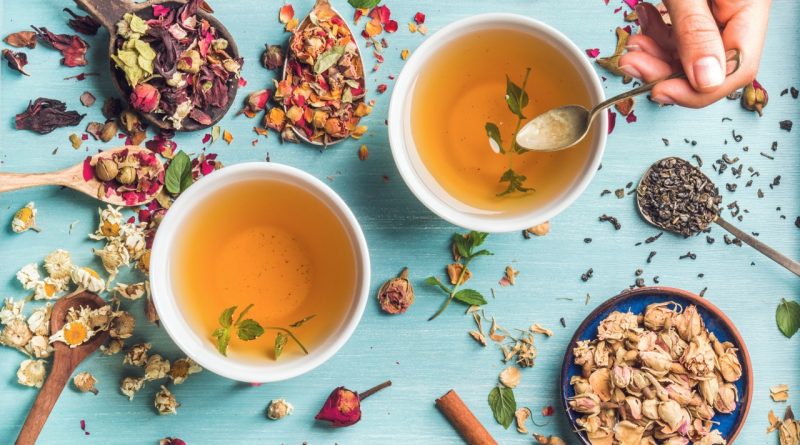The Tea Grading System Used By Adagio
Tea is not just a beverage; it’s a complex world of flavors, aromas, and traditions. Among the numerous tea suppliers, Adagio Teas stands out for its commitment to quality and transparency, particularly in its grading system. Understanding this grading system can significantly enhance your tea experience, allowing you to select the right blend that suits your palate. This article delves into the intricacies of Adagio’s tea grading system, highlighting its fundamental principles, key quality factors, various grades, and tips for choosing the right tea for your needs.
Understanding the Basics of Adagio’s Tea Grading System
Adagio Teas employs a comprehensive grading system that categorizes tea based on several factors, including leaf size, appearance, and overall quality. This system is designed to help consumers make informed choices about the teas they purchase. Each grade reflects a unique combination of these elements, which can significantly impact the flavor profile and aroma of the tea.
The grading system at Adagio serves as a bridge between the producer and the consumer, ensuring that each tea is accurately represented. For example, higher grades typically signify a more meticulous harvest process, where only the finest leaves are selected. This attention to detail not only enhances the quality but also elevates the overall tea experience.
Additionally, Adagio’s grading system is consistent with industry standards while also incorporating its unique criteria. This dual approach allows tea enthusiasts to appreciate the craftsmanship and care that goes into each blend, ultimately fostering a deeper connection between the drinker and the tea leaves.
Key Factors Influencing Tea Quality and Grading
Several factors play a crucial role in determining tea quality, and Adagio’s grading system reflects these intricacies. First and foremost is the origin of the tea, as different regions produce distinct flavor profiles and characteristics. For example, Assam teas are known for their robust, malty flavors, while Darjeeling is often referred to as the "Champagne of Teas" due to its delicate and floral notes.
Leaf size and appearance are also vital in the grading process. Larger, whole leaves generally indicate higher quality, while smaller, broken leaves may suggest a lower grade. The visual characteristics, such as color and sheen, are indicators of freshness and processing quality, which significantly affect the brewing outcome.
Finally, the method of processing—whether the leaves are hand-picked or machine-harvested, oxidized, or fermented—also influences the final grade. Adagio emphasizes transparency in its sourcing and processing methods, allowing consumers to understand the journey of their tea from farm to cup.
The Different Grades of Tea and Their Characteristics
Adagio’s tea grading system encompasses various grades, each with its unique characteristics. The highest grade typically includes whole leaf teas, which are prized for their nuanced flavors and aromas. These teas often undergo minimal processing and are sourced from esteemed tea gardens, making them a favorite among connoisseurs.
Medium-grade teas, while still offering quality, may include a mix of whole and broken leaves. They are often more accessible in terms of price and flavor, appealing to a broader audience. These teas still maintain their distinct profiles but may not provide the same depth as higher grades.
Lower-grade teas usually comprise smaller, broken leaves, which can result in quicker brewing times and potentially stronger flavors. While they may lack the complexity of higher grades, these teas are often favored for their affordability and convenience, making them suitable for everyday consumption.
How to Choose the Right Grade for Your Tea Experience
Choosing the right grade of tea largely depends on personal preference and the desired experience. For those new to tea, starting with medium-grade options allows for an exploration of different flavors without overwhelming complexity. These teas strike a balance between quality and accessibility, making them ideal for everyday sipping.
For seasoned tea drinkers or those looking to elevate their experience, higher-grade teas offer a chance to savor the intricate flavors and aromas that come from premium sourcing and processing. Investing in these teas can provide a more rewarding tasting journey, especially when paired with a mindful brewing process.
Lastly, consider the context in which you will enjoy the tea. If you’re hosting a gathering, higher-grade teas can impress guests with their quality and presentation. On the other hand, if you’re seeking a quick, refreshing brew for daily enjoyment, lower-grade options may suffice. Understanding your needs and preferences is key to selecting the right tea grade.
In summary, Adagio’s tea grading system serves as a valuable tool for tea enthusiasts, enabling them to navigate the rich world of flavors and aromas with confidence. By understanding the basics of grading, recognizing the factors that influence quality, and knowing the distinctions between grades, consumers can make informed choices tailored to their taste preferences. Whether you are a novice or a connoisseur, this knowledge will enhance your overall tea experience, bringing you closer to the artistry behind each cup.
